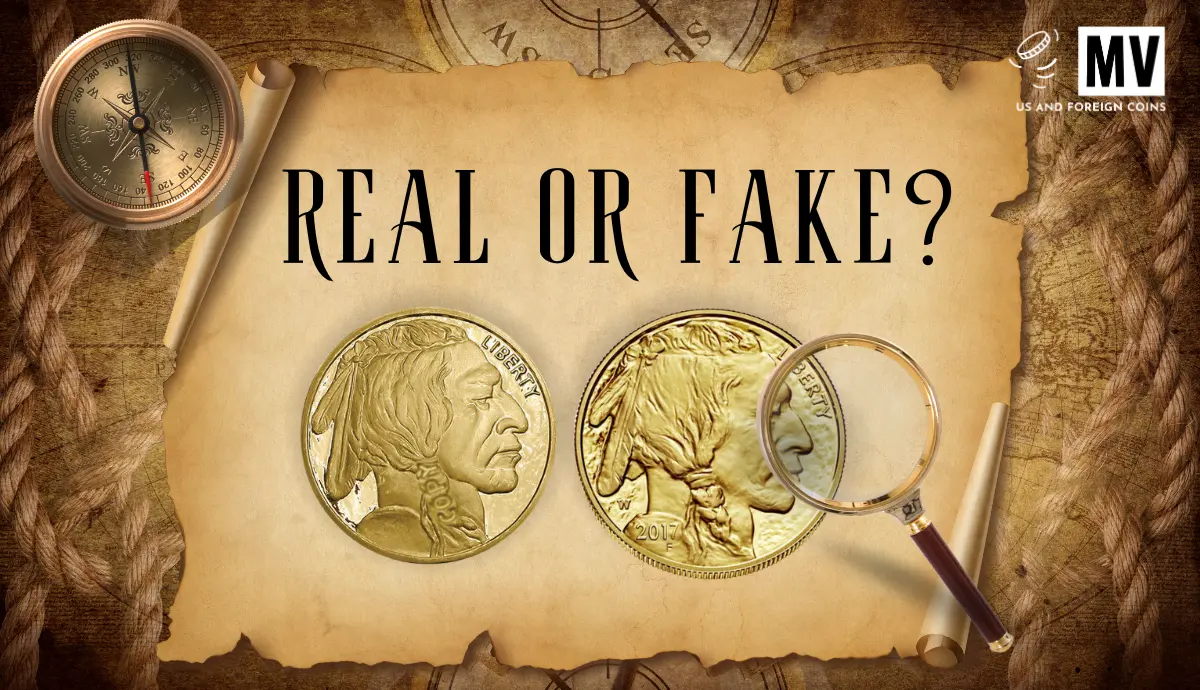Coin collecting is a rewarding hobby that offers a glimpse into history and artistry. However, the market is fraught with counterfeit coins that can deceive even experienced collectors. By employing a combination of visual inspections, physical tests, and advanced authentication methods, you can significantly reduce the risk of adding fake coins to your collection.
Understanding Counterfeit Coins
Counterfeit coins are replicas created to imitate genuine coins, often with the intent to deceive collectors and profit from the sale. These fakes can range from poorly made copies to highly sophisticated forgeries that require expert analysis to detect. Common reasons for counterfeiting include monetary gain and the desire to manipulate the collector’s market.
Visual Inspection Techniques
A thorough visual examination is the first line of defense against counterfeit coins.
- Design Details: Compare the coin in question to a genuine example. Look for discrepancies in design elements, such as letter spacing, font styles, and overall craftsmanship. Genuine coins typically exhibit sharp, well-defined details, while counterfeits may have blurred or inconsistent features.
- Surface Quality: Examine the coin’s surface for irregularities. Counterfeit coins often display tiny spots or minute holes, giving the design a fuzzy appearance. In contrast, authentic coins usually have a crisp and clear design.
- Edge Examination: Inspect the coin’s edge for inconsistencies. Many genuine coins have specific edge designs, such as reeding or lettering. A smooth or irregular edge on a coin that should have reeding can be a red flag.
Physical Tests
Beyond visual inspections, several physical tests can help identify counterfeit coins.
- Weight and Dimensions: Use a digital scale and calipers to measure the coin’s weight and dimensions. Counterfeit coins often deviate from standard specifications due to differences in metal composition. Any significant discrepancy can indicate a fake.
- Magnetism Test: Genuine gold and silver coins are non-magnetic. Hold a strong magnet near the coin; if you feel any attraction, the coin may contain magnetic metals, suggesting it’s counterfeit.
- Ping Test: Gently strike the coin with another coin or a hard surface and listen to the sound it produces. Authentic gold and silver coins emit a distinct, high-pitched ringing sound, while counterfeits often produce a duller tone.
Advanced Authentication Methods
For coins of significant value or those suspected of being high-quality counterfeits, advanced methods may be necessary.
- X-Ray Fluorescence (XRF) Analysis: This non-destructive technique determines the elemental composition of a coin, helping to verify its authenticity.
- Ultrasonic Testing: By measuring the speed of sound waves passing through the coin, this method can detect inconsistencies in metal composition.
Professional Authentication: When in doubt, consult with professional coin grading services or numismatic experts who have the tools and expertise to authenticate coins accurately.
Common Counterfeit Coins to Watch For
Certain coins are more frequently counterfeited due to their value and demand.
- 1913 Liberty Head Nickel: With only five known genuine examples, this coin is a prime target for counterfeiters.
- 1969-S Lincoln Cent: Known for its doubled die obverse, genuine versions of this coin are rare and valuable, making it a common subject for fakes.
- 1933 Gold Double Eagle: Despite most being melted down, a few specimens exist, leading to numerous counterfeits in the market.
Conclusion
Vigilance and knowledge are your best allies in detecting counterfeit coins. By conducting thorough visual inspections, performing physical tests, and seeking professional authentication when necessary, you can protect your collection from fraudulent coins. Remember, when in doubt, consult with experts or reputable grading services to ensure the authenticity of your coins before submission.
At Mountain View US and Foreign Coins, we specialize in coin appraisal and authentication, helping collectors and investors make informed decisions. Whether you’re looking to buy, sell, or verify the authenticity of your coins, our experts are here to assist you.

